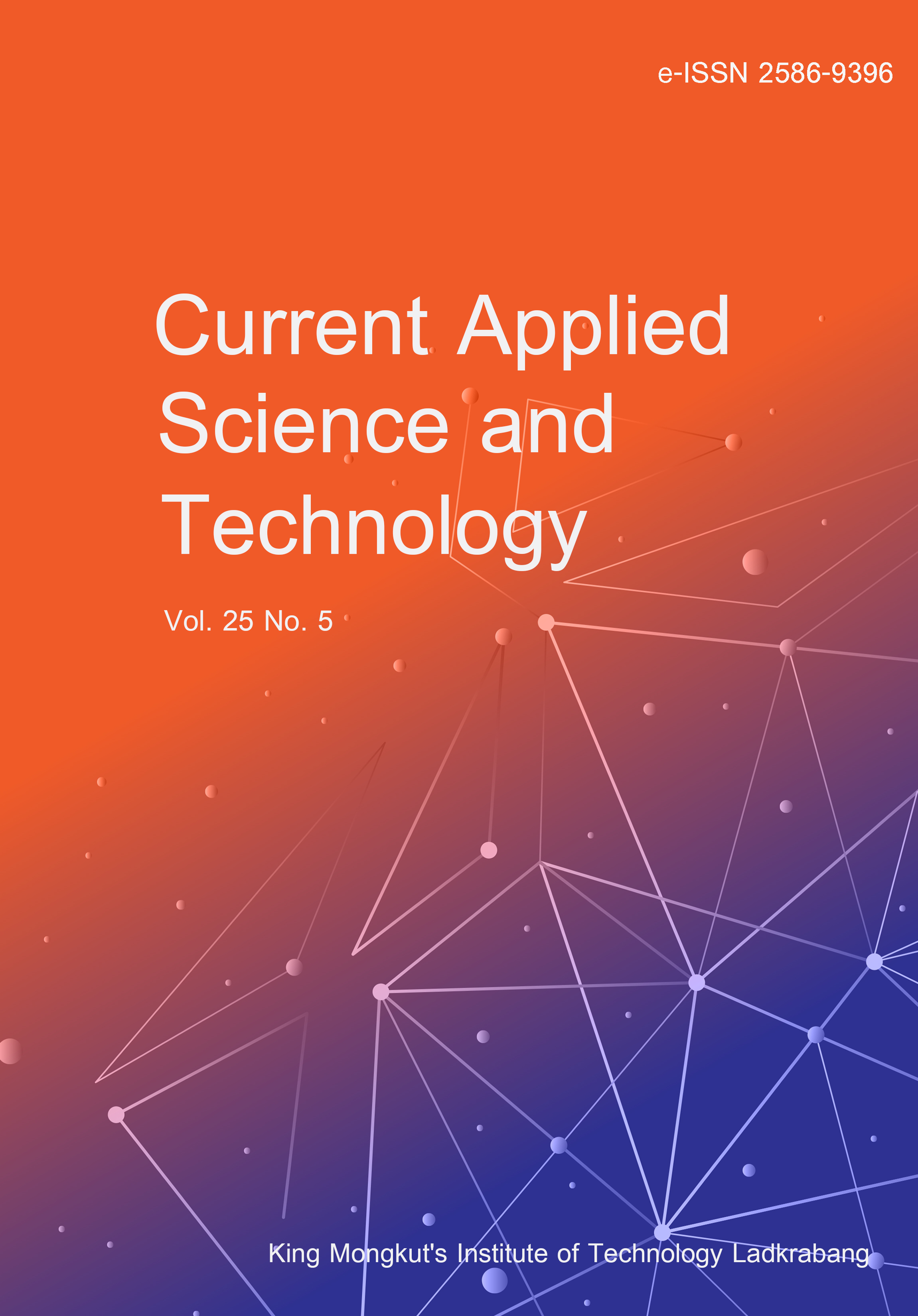Air pollution, particularly particulate matter ≤ 2.5 µm (PM2.5), is a significant global concern for human health. Technological advances in light-scattering low-cost sensors (LCSs) have facilitated extensive deployment of these devices, enhancing the spatial and temporal resolution of air quality monitoring networks beyond traditional stations. However, LCS measurements often face systematic biases and uncertainties due to technological limitations. This study aimed to calibrate LCS PM2.5 data collected from February 14 to July 31, 2022, in Chiang Mai, Thailand, against reference measurements from the Pollution Control Department (PCD). Two nonlinear regressions, generalized additive model (GAM) and random forest (RF), were employed with linear regression (LR) as the baseline model. Model performance was evaluated using 10-fold and holdout cross-validation and metrics including R², RMSE, MAE, and MAPE. GAM exhibited superior performance compared to LR and RF when incorporating environmental and temporal factors such as temperature, humidity, month, and time (R² = 0.915, RMSE = 5.084 µg/m³). The LR model showed comparable performance (R² = 0.900, RMSE = 5.494 µg/m³), while RF performed well with environmental factors alone (R² = 0. 892, RMSE = 5.742 µg/m³). The GAM calibration significantly reduced MAPE to 17%, followed by LR (19%) and RF (21%). This study demonstrates that the integration of both environmental and temporal variables within the GAM framework is crucial for accurately calibrating LCS PM2.5 data in northern Thailand, considering the region's distinct atmospheric characteristics. Our study underscores the necessity of including environmental and temporal factors in GAM to calibrate LCS-collected PM2.5 data in northern Thailand.
Sricharoen, N. ., Supasri, T. ., Traisathit, P. ., Prasitwattanaseree, S. ., Srikummoon, P. ., & Longmali, J. . (2025). Improving Monitored PM2.5 Data from Low-Cost Sensors in Chiang Mai, Thailand: Utilizing a Nonlinear Regression Modeling Approach. CURRENT APPLIED SCIENCE AND TECHNOLOGY, e0263964. https://doi.org/10.55003/cast.2025.263964

